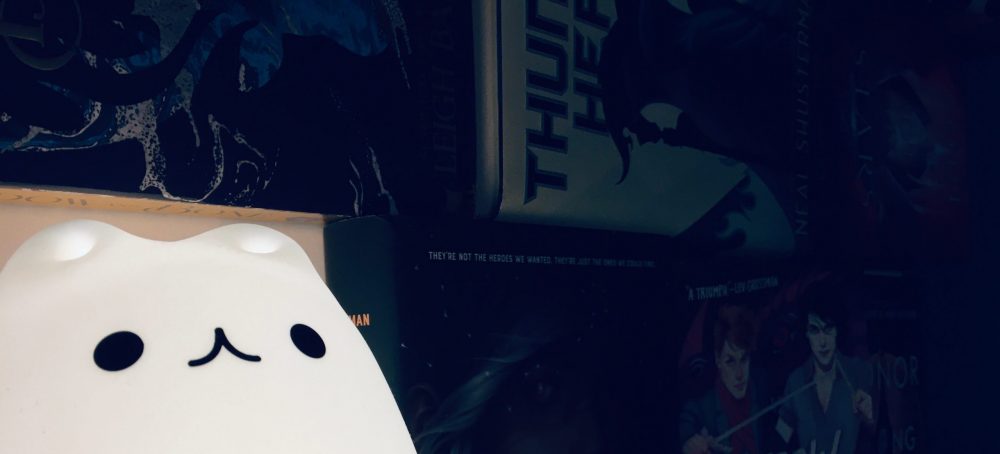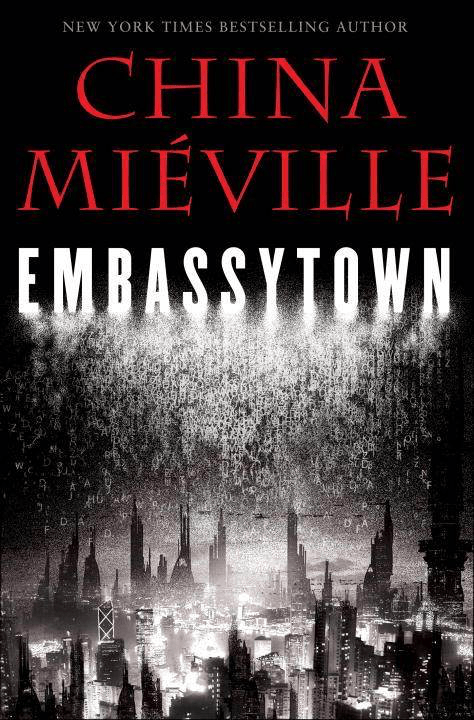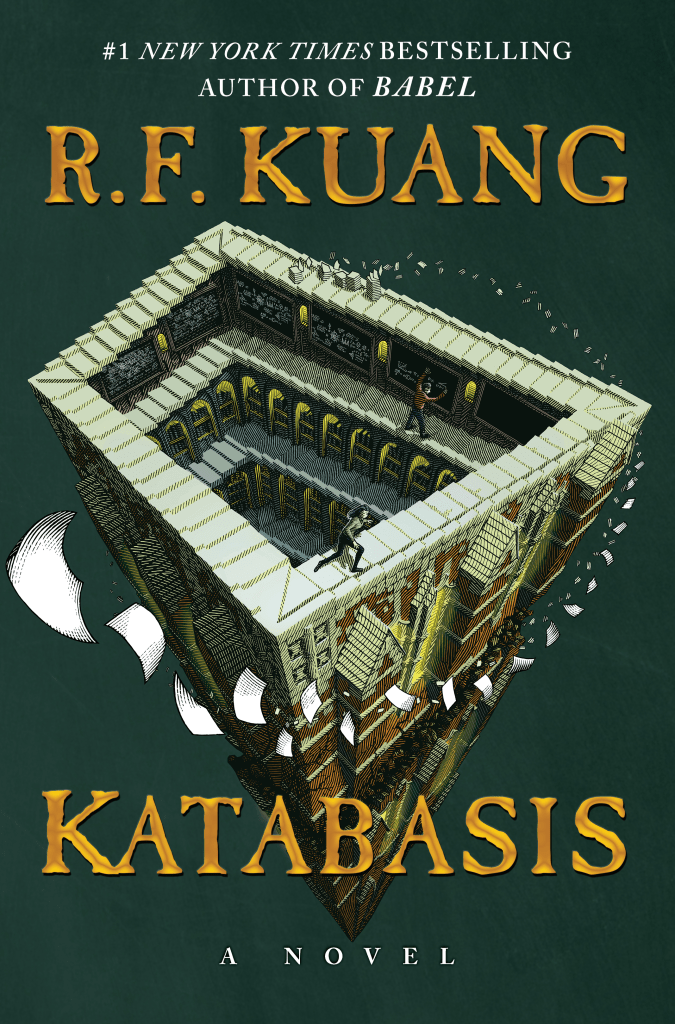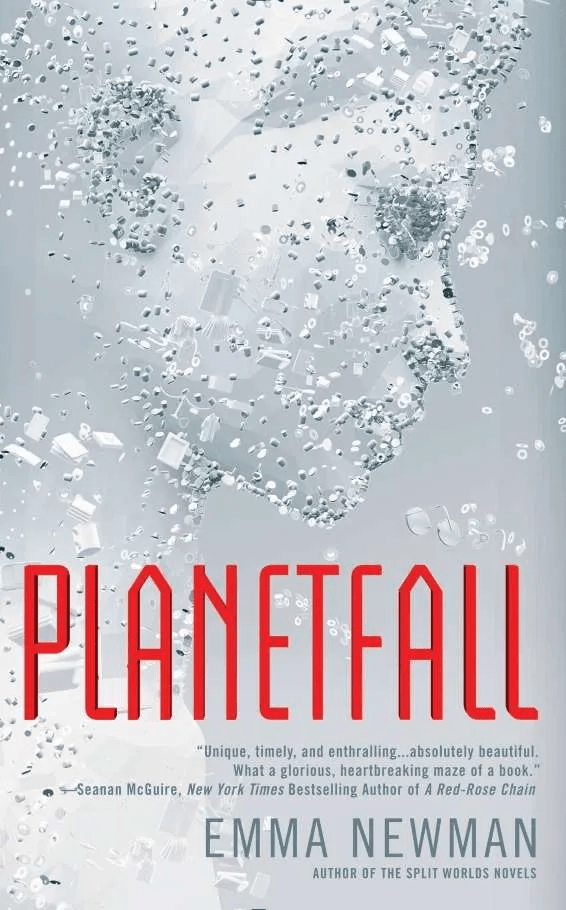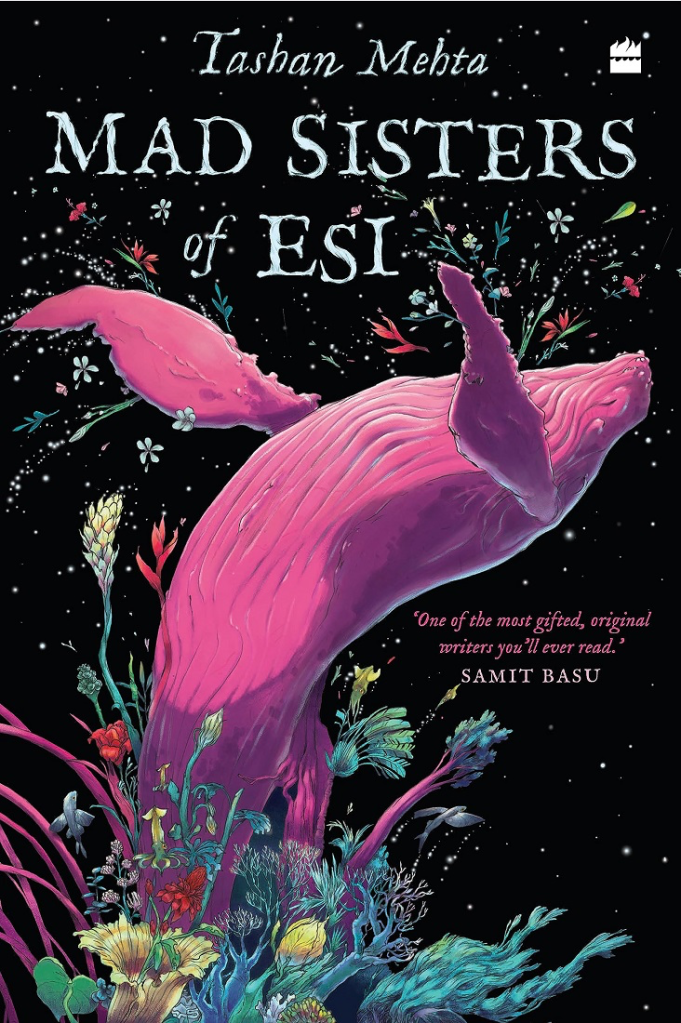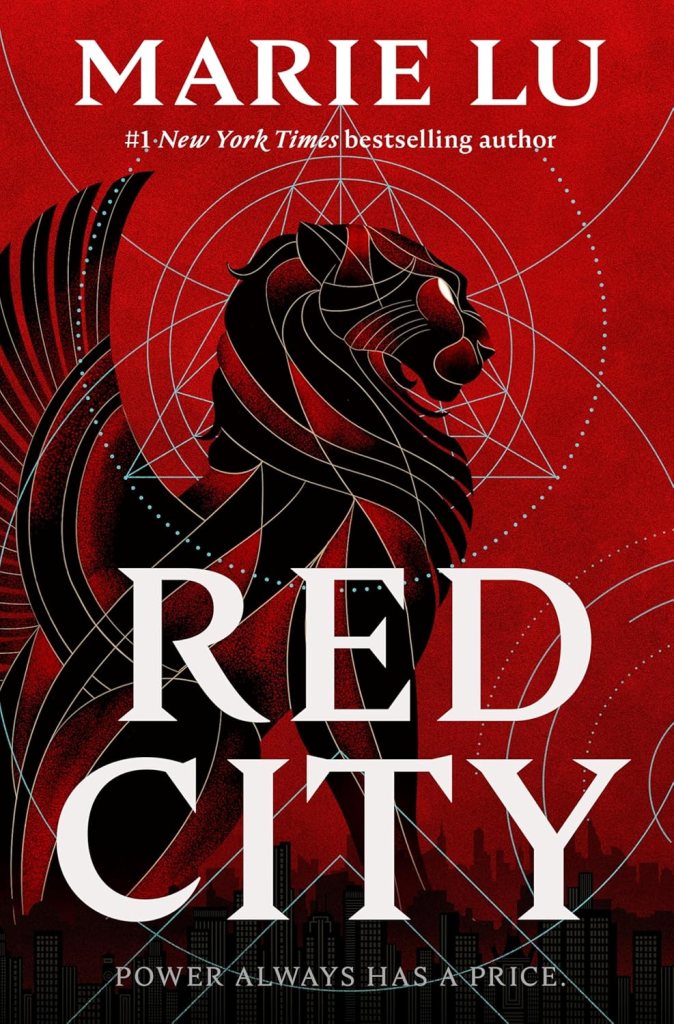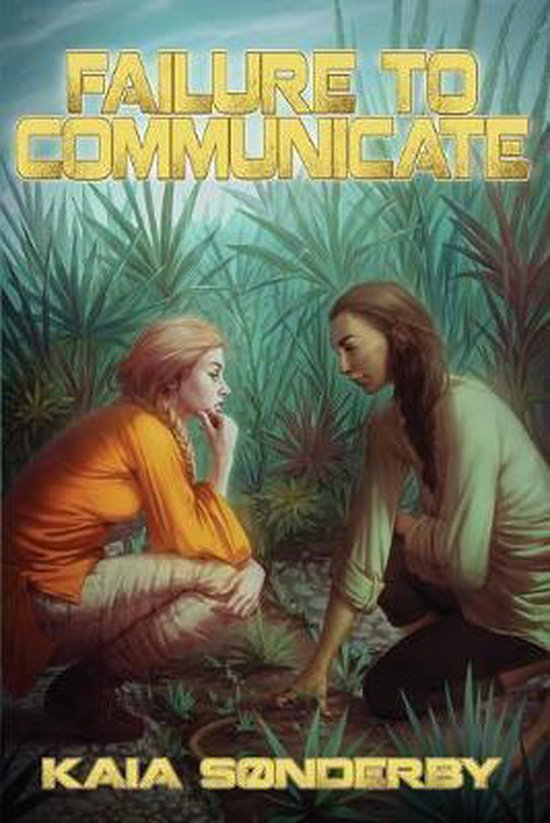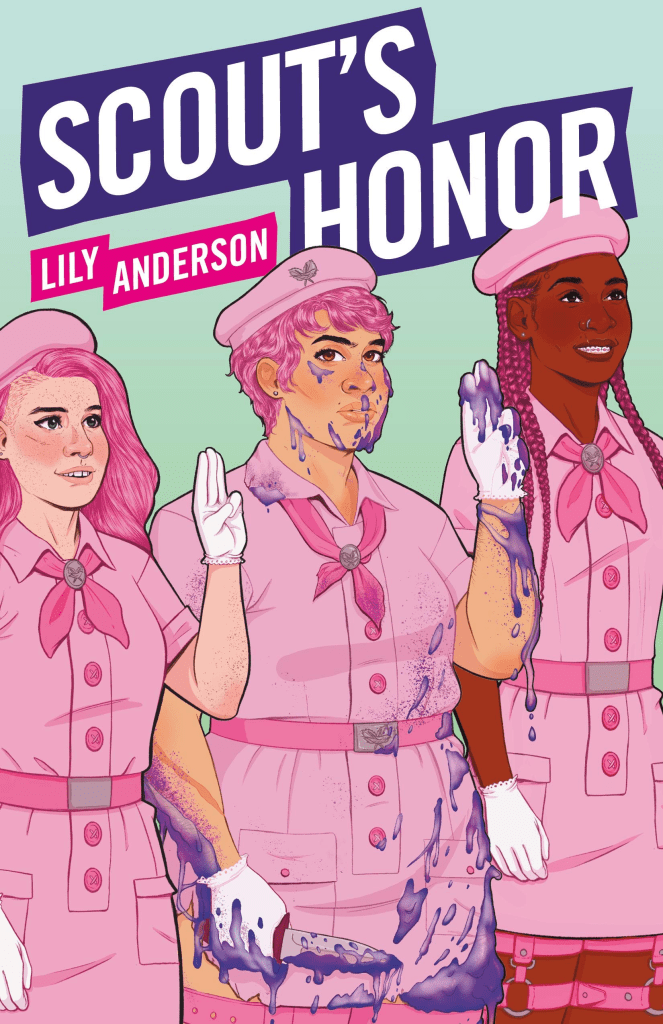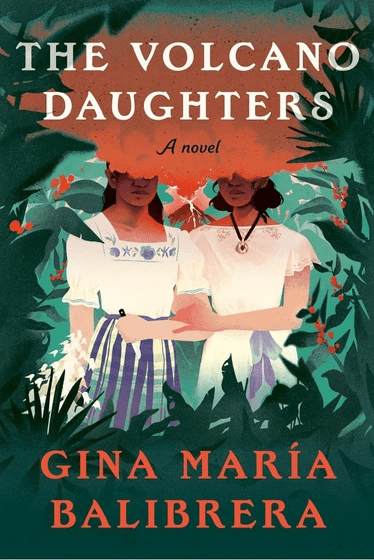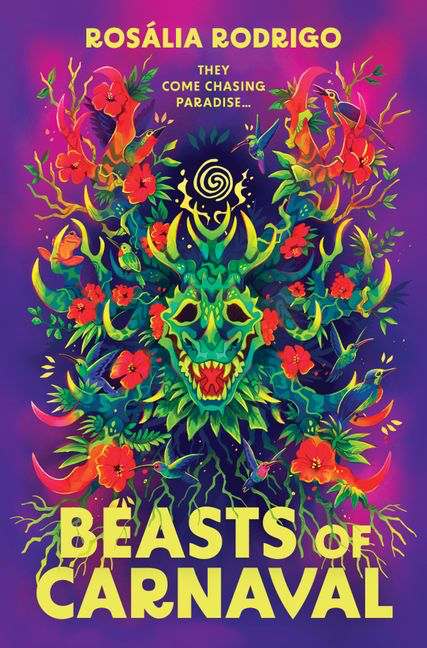
Happy Tuesday, bibliophiles!
I’ve been a fan of Sonora Reyes’s YA novels ever since The Lesbiana’s Guide to Catholic School came out back in 2022. So when I found out that they’d written their adult debut last year, I was excited to see if their keen eye for emotional resonance still rang true. Unfortunately, this may be Reyes’s first miss—maybe they’ll be able to write a better adult novel in the future, but The Broposal proved that the transition from age groups was far from smooth.
Enjoy this week’s review!
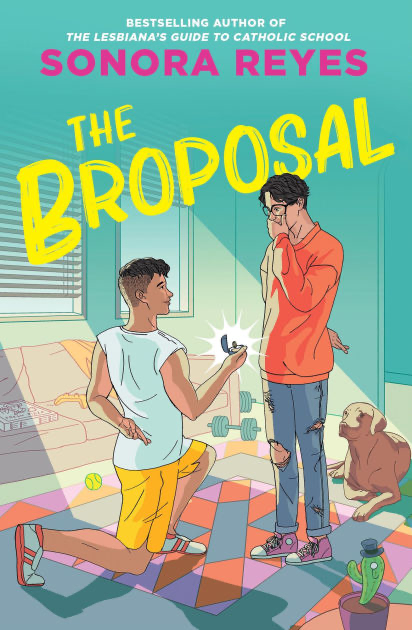
Alejandro and Kenny are roommates—nothing more, as far as they’re concerned. But Alejandro is in a tight spot: as an undocumented immigrant, the easiest way for him to get a green card is to get married to an American citizen, and Kenny may be the perfect candidate. Their plan is foolproof—get married, get Alejandro’s green card, and their families will be none the wiser that they aren’t actually in love. Feelings won’t be a problem, because they don’t have any for each other, right? But as they get deeper into their plan, Alejandro and Kenny realize that this proposal is more than fake—and that they’re certainly more than bros.
TW/CW: racism, racial profiling/threat of deportation/ICE, sexual content, homophobia, biphobia, abortion, abuse, loss of loved ones
With a heavy heart, I’ll have to declare The Broposal Sonora Reyes’s first real miss. They’ve had such an excellent run of YA novels, it’s such a shame! I’m not sure if it’s just the transition from YA to Adult that got them, but after The Broposal, I feel like they might be better off just sticking to YA. With a skewed perception of what “adult” entails and a romance I couldn’t fully buy, The Broposal stumbled considerably on its way to making a convincing love story.
Although my overall experience with The Broposal was a disappointment, there were a handful of aspects about it that I liked. I loved that both of the leads were Latine, and Reyes did an excellent job of handling the subject of being undocumented and the fear and racial profiling that comes along with it. I haven’t read a ton of novels that talk about being undocumented and the fear of deportation, and Reyes handled this very sensitively. The queer and neurodivergent representation was also excellent, and the depiction of bisexuality and biphobia felt very close to home. The character writing was decent as well, though not as strong as some of their other novels—Jackie in particular was exceptionally hateable, even if she was comically so.
Some authors are easily able to make the leap from writing for teens to writing for adults, but unfortunately, Sonora Reyes does not seem to be one of them. The most common issue I see in authors who fail to bridge the gap is that they overcompensate; Now that it’s an Adult™️ novel, they dial the swearing and sexual content up to 100, when most adult novels don’t even reach that threshold. While I’m glad that The Broposal was so open about sexual content and exploring kink, it was so dramatic that it felt like it was included just so that the “adult” label could be slapped on. Take that away, and all of the characters were just teenagers in adult bodies. Their dialogue was childish, as were some of their romantic conflicts; increasing the swearing and not the maturity doesn’t automatically make for an adult character. I had a difficult time believing that these characters were adults with jobs—they read more like hormonal high schoolers.
The main obstacle in the way of Han and Kenny was that they didn’t actually have feelings for each other, even though they were faking a marriage proposal. However, throughout The Broposal, I could never buy that all the way. Of course, the whole novel hinges on them eventually falling in love, but even then, it seemed like they had romantic feelings for each other from the start. They already acted like they were in love, even when they weren’t. Aside from the sexual aspect and a handful of unsaid things, Han and Kenny’s behaviors towards each other hardly changed at all, which killed all of the appeal of their slow-burn romance for me. After a certain point, the only thing that changed was the sex and labeling themselves as “in love.”
Yet what may have hampered The Broposal the most was that everything—and I mean everything—was piled into the third act. It was so clear that Reyes didn’t know how to create conflict beyond what was already present, so they just threw every possible kind of conflict at the wall. As if the threat of Han being deported and Jackie being pregnant with Kenny’s baby wasn’t enough, we get all of the following: Jackie threatens to call ICE on Han, Han’s mom dies, Han gets fired, and Kenny almost gets fired too. It all happened in such quick succession that it became clear as day how shoehorned in it all was. The real kicker was that almost all of it got solved in an instant: Jackie gets an abortion, they get their boss fired for discrimination, and Han wasn’t even that close with his mom anyway and is able to grieve for a conveniently short amount of page time. It reeks of what I’m now calling Hacks syndrome: they set up conflict that feels like it’ll dramatically alter the outcome of the novel, but it all gets solved within a few pages. With so much unnecessary conflict that was solved so easily, I found myself losing interest in The Broposal by virtue of knowing that everything would be solved so quickly.
All in all, a romance novel that excelled in representation and character writing, but added too many unnecessary aspects into the third act—a rare miss from Sonora Reyes. 2 stars.
The Broposal is a standalone and Sonora Reyes’s first adult novel. They are also the author of The Lesbiana’s Guide to Catholic School, The Golden Boy’s Guide to Bipolar, and The Luis Ortega Survival Club.
Today’s song:
That’s it for this week’s Book Review Tuesday! Have a wonderful rest of your day, and take care of yourselves!

